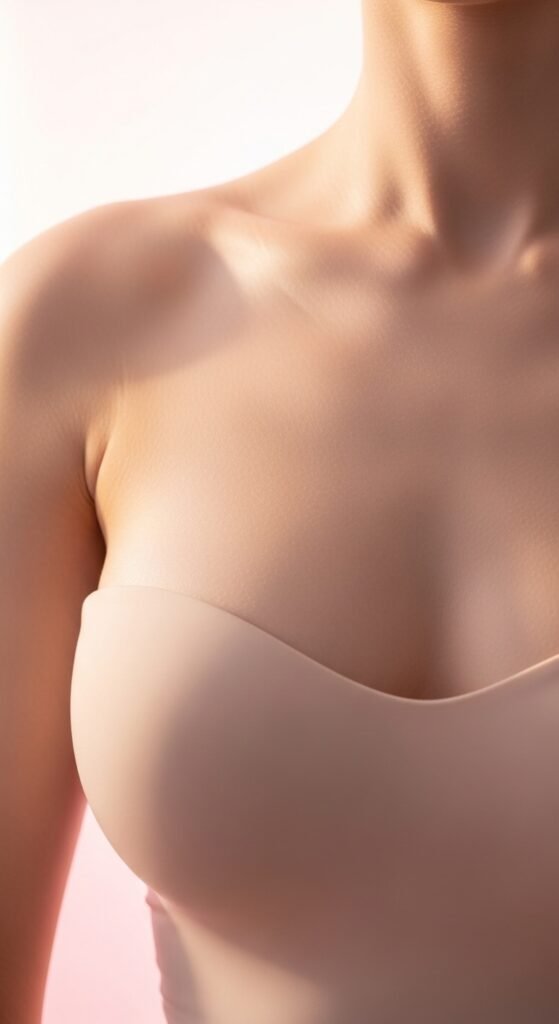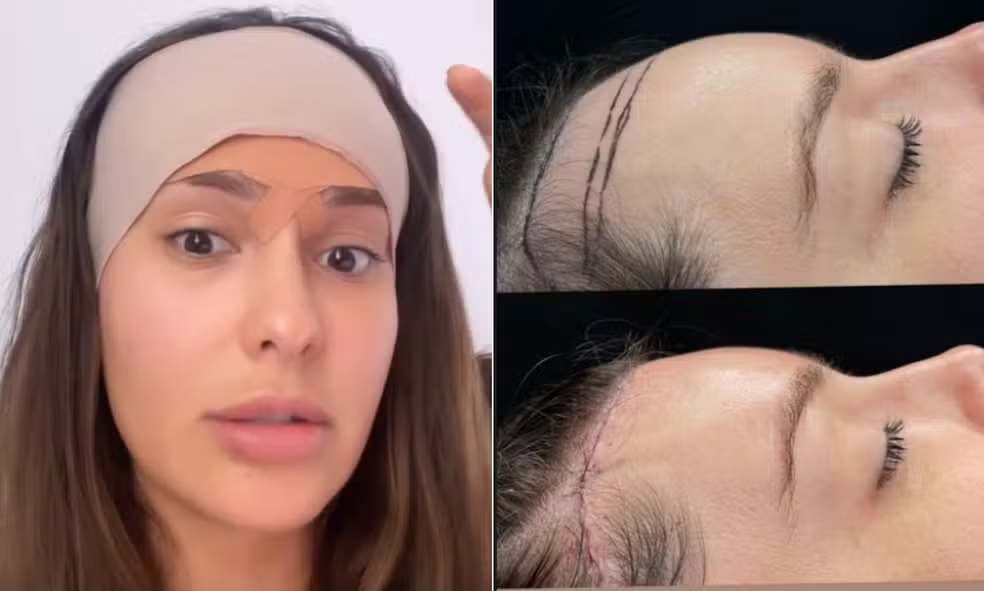Facelift Scars: Smaller Marks, More Natural Results
Facelifts are among the most sought-after procedures to rejuvenate the face and restore its contours. One of the main concerns patients have is the scar: where it’s located, how large it is, and whether it will be visible.
With modern techniques — especially the Deep Plane approach combined with video-assisted facial surgery — it’s possible to achieve superior results with increasingly smaller and better-positioned scars.
This article explains how facelift scars are planned and why innovative techniques allow for natural-looking rejuvenation while preserving facial harmony.
Where Is the Facelift Scar Located?
Traditionally, the facelift scar is placed around the sideburn area, following natural anatomical creases in front of the ear. It then continues discreetly behind the ear and into the hairline.
This placement is designed to hide the mark in folds and less visible areas, promoting a more natural postoperative appearance.
Why Avoid Very Long Scars
At our clinic, we avoid excessively long scars extending to the temporal region and do not perform pre-hairline incisions in the back area.
That’s because excess skin in this region can be managed more intelligently without the need for large incisions, thanks to video-assisted facial surgery. With this approach, we can accommodate excess skin through a smaller temporal scar, preserving the hair and natural contour as much as possible.
Video-Assisted Facial Surgery: A Tool for Smaller Scars
Video-assisted facial surgery allows the surgeon to work with greater precision and less invasiveness. With it, tissues can be lifted and repositioned in a controlled manner without large openings.
This translates into:
- Smaller, more discreet scars
- Less surgical trauma
- A more comfortable recovery
By combining video-assisted surgery with the Deep Plane technique, we achieve results that were once only possible with more extensive incisions.
The Role of the Oblique Vector in the Deep Plane Technique
Another key detail is the oblique vector used in the Deep Plane approach. Instead of pulling the skin excessively upward, the surgeon repositions the deeper tissues along a more anatomical vector, respecting the natural direction of facial structures.
This reduces the need for excessive skin compensation, avoids the “overstretched face” look, and enhances the contour of key areas such as the cheekbone.
Natural Cheek Lift and Marionette Line Improvement
With the Deep Plane technique, much of the cheek lift is achieved by repositioning deeper tissues. Additional lifting can be complemented through video-assisted surgery without the need for large incisions.
This combination also allows treatment of the marionette lines (the grooves running from the corners of the mouth down to the chin), promoting more comprehensive rejuvenation with smaller, more discreet scars in front of the ear.
Advantages of Smaller Scars in a Facelift
- More natural results: less superficial pulling, more deep repositioning
- Lower risk of scar widening or hypertrophy
- Greater comfort during recovery
- Faster, more discreet healing
- Preservation of the hairline and sideburn area
These benefits are especially valued by patients seeking rejuvenation without obvious signs of surgery.
What to Expect After Surgery
Although scars are smaller and better placed, it’s important to follow your surgeon’s instructions to ensure proper healing. Recommendations include:
- Avoiding direct sun exposure on the scar areas during the first few months
- Using silicone gels or tapes as prescribed
- Maintaining healthy habits and a balanced diet to promote healing
With these measures, scars tend to become increasingly discreet over time.
Conclusion
Modern facelifts — especially those combining the Deep Plane technique with video-assisted facial surgery — deliver superior results with smaller, better-positioned scars.
By avoiding overly long incisions and using anatomical vectors, it’s possible to lift the cheeks, smooth marionette lines, and rejuvenate the face naturally while preserving the hairline and facial harmony.
Before undergoing your procedure, discuss the techniques used and the benefits of smaller scars with your surgeon. Current technology makes it possible to combine long-lasting aesthetic results with increasingly discreet marks.






